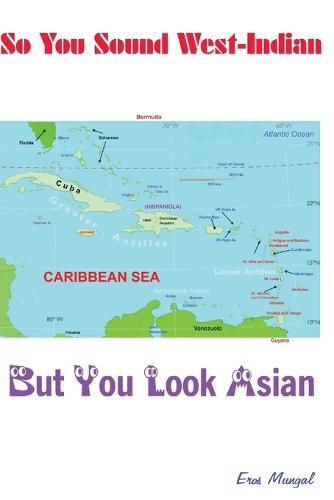Readings Newsletter
Become a Readings Member to make your shopping experience even easier.
Sign in or sign up for free!
You’re not far away from qualifying for FREE standard shipping within Australia
You’ve qualified for FREE standard shipping within Australia
The cart is loading…






This title is printed to order. This book may have been self-published. If so, we cannot guarantee the quality of the content. In the main most books will have gone through the editing process however some may not. We therefore suggest that you be aware of this before ordering this book. If in doubt check either the author or publisher’s details as we are unable to accept any returns unless they are faulty. Please contact us if you have any questions.
Under colonial rule, India's population provided the British Empire with a ready source of cheap and mobile labourers. Many Indians agreed to become indentured labourers to escape the widespread poverty and famine in the 19th century. Some travelled alone; others brought their families to settle in the colonies they worked in. The demand for Indian indentured labourers increased dramatically after the abolition of slavery in 1834. They were sent, sometimes in large numbers, to plantation colonies producing high value crops such as sugar in Africa and the Caribbean. Christopher Columbus first landed in the Caribbean in 1492. He found three groups of Indians living on the islands. These were the Arawaks and the Ciboney on the northern larger islands of the greater Antilles, the Bahamas and the Leeward Islands. The Caribs inhabited mainly the Winward islands. It is thought that the original population of Amerindian inhabitants of the West Indies was several million.
$9.00 standard shipping within Australia
FREE standard shipping within Australia for orders over $100.00
Express & International shipping calculated at checkout
This title is printed to order. This book may have been self-published. If so, we cannot guarantee the quality of the content. In the main most books will have gone through the editing process however some may not. We therefore suggest that you be aware of this before ordering this book. If in doubt check either the author or publisher’s details as we are unable to accept any returns unless they are faulty. Please contact us if you have any questions.
Under colonial rule, India's population provided the British Empire with a ready source of cheap and mobile labourers. Many Indians agreed to become indentured labourers to escape the widespread poverty and famine in the 19th century. Some travelled alone; others brought their families to settle in the colonies they worked in. The demand for Indian indentured labourers increased dramatically after the abolition of slavery in 1834. They were sent, sometimes in large numbers, to plantation colonies producing high value crops such as sugar in Africa and the Caribbean. Christopher Columbus first landed in the Caribbean in 1492. He found three groups of Indians living on the islands. These were the Arawaks and the Ciboney on the northern larger islands of the greater Antilles, the Bahamas and the Leeward Islands. The Caribs inhabited mainly the Winward islands. It is thought that the original population of Amerindian inhabitants of the West Indies was several million.